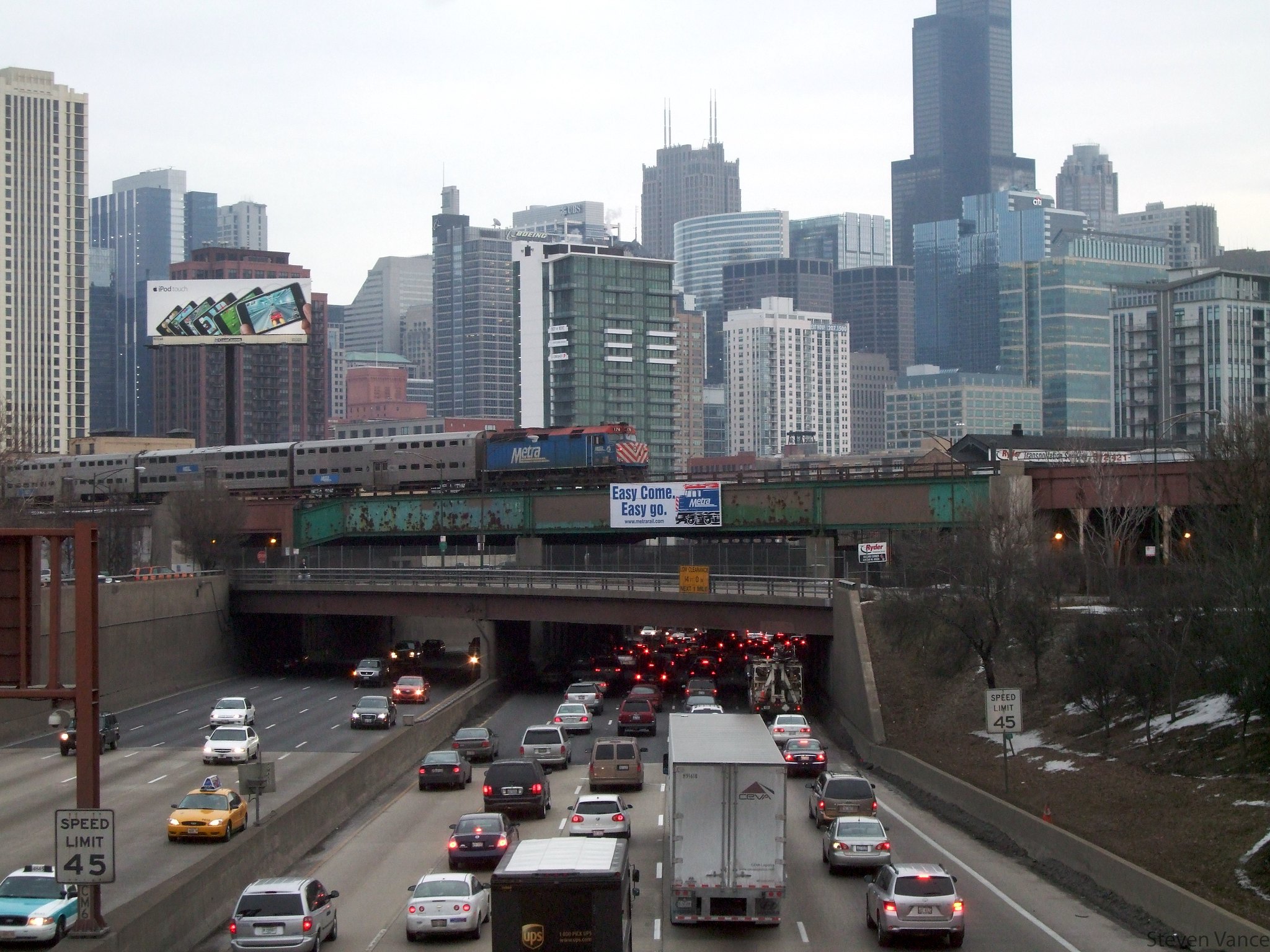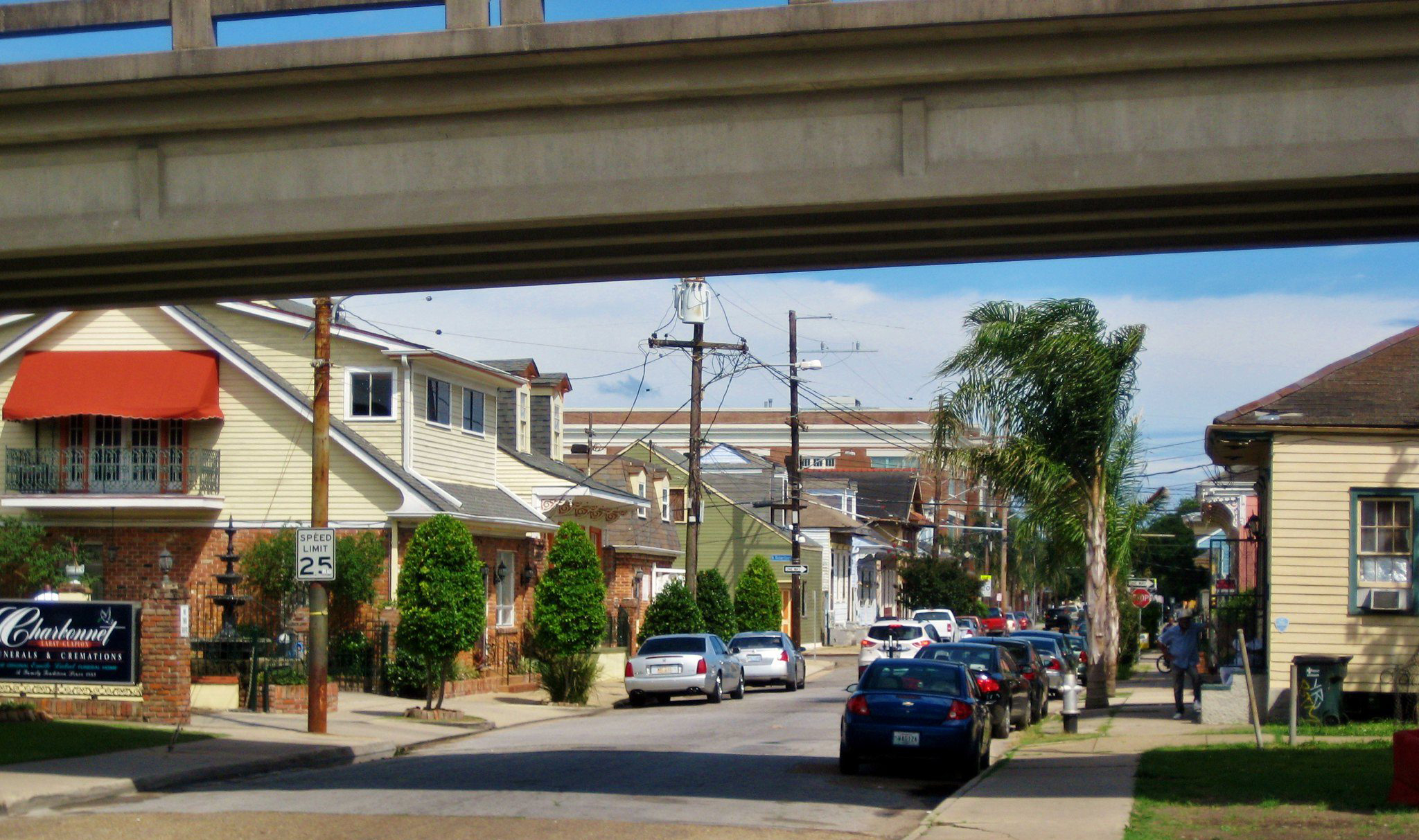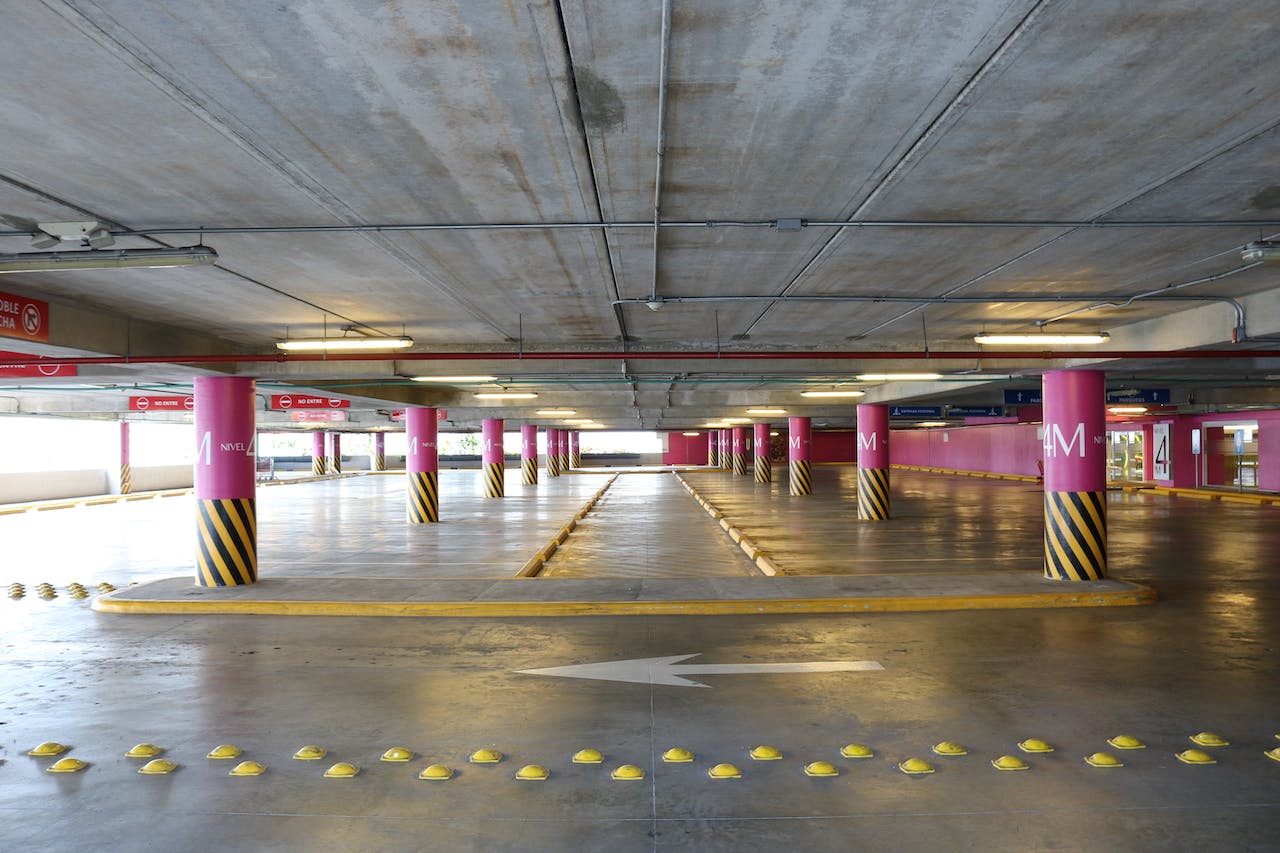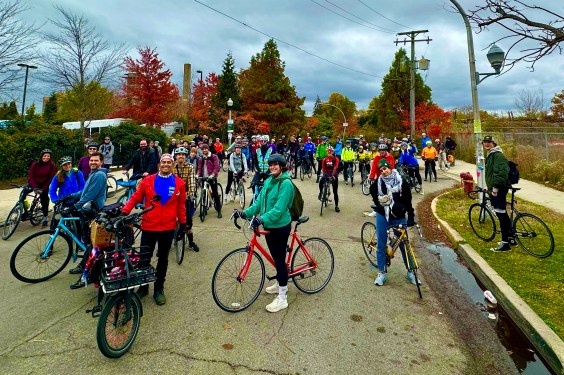A revised draft of the Boxer/Inhofe amendment just came over the transom from a source in DC close to the negotiations (PDF). This is a draft from yesterday and negotiations are ongoing, so expect changes.
Specifically, enviros are trying to get a "green screen" put in place, so that USDOT can pick from the priority projects presented by the state DOTs. Theoretically this would mean that the Obama administration would make better decisions about how to spend the money than the states and would redirect funding to priority transit projects.
Boxer appears responsive to appeals to revise the amendment. The Senator is 'working in good faith' to improve Inhofe's original proposal, according to a source who wished to remain anonymous. Based on the current language, though, the amendment still gives precedence to the states to load up their road building projects.
Here are the highlights of the draft circulating as of yesterday:
the American Recovery Reinvestment Act of 2009
- The amendment Senators Boxer and Inhofe have been working on would increase highway, transit and water (clean water and drinking water) infrastructure funding in the stimulus by up to $50 billion if other funding provided for in the bill is not used quickly.
- This amendment would redirect up to $50 billion of funding that would otherwise expire at the end of Fiscal Year 2009 in addition (if necessary) to unobligated balances from slower-spending programs appropriated throughout the stimulus package that have not been obligated within a full year after enactment.
- A maximum of $50 billion would be redistributed by the President to states for use on highways, transit and water projects, based on a priority list of shovel ready projects within 120 days, as determined by states. This list would be provided by each state and certified by the Governor, based on priorities that are the product of ongoing state and local planning programs.
- Eligibility has been expanded far beyond highways alone. A broad array of projects beyond highways and bridges can be funded including transit and environmental mitigation for example. States and localities should give special consideration to projects that will bring the conditions of roads, bridges, and other transportation system elements up to standard, that will result in immediate employment, that will increase the energy independence of the United States, and that will provide long-term economic benefits.
- This amendment would provide additional funding for the clean water and drinking water state revolving funds and would maintain the 15% set-aside for green infrastructure included in the underlying bill. This ensures that states will be able to implement green projects to reduce energy consumption and improve water efficiency with any funding provided through the amendment.
- This amendment takes money that is otherwise not going to quickly stimulate the economy and moves it to a program that can get people working faster.
- Funds are moved to highway, transit and water infrastructure investments under this amendment because they improve our nation’s infrastructure and can be under contract in an expedited manner.





